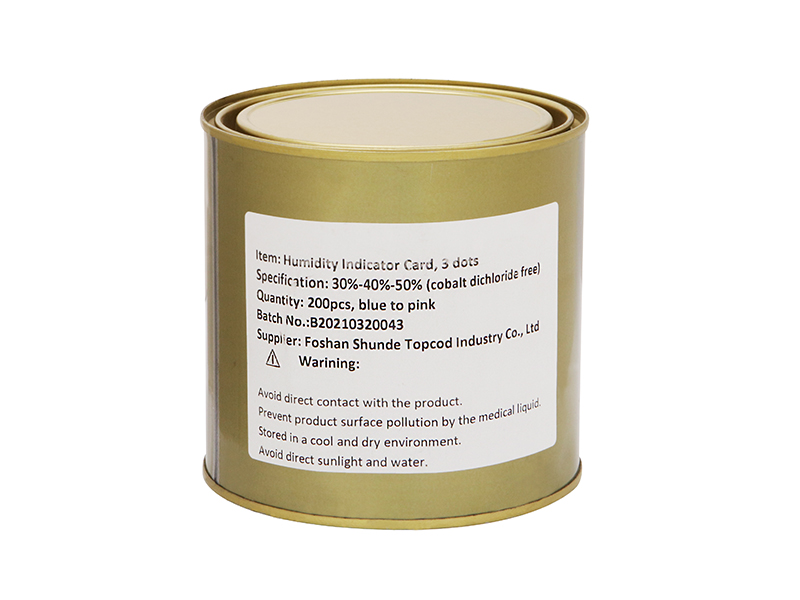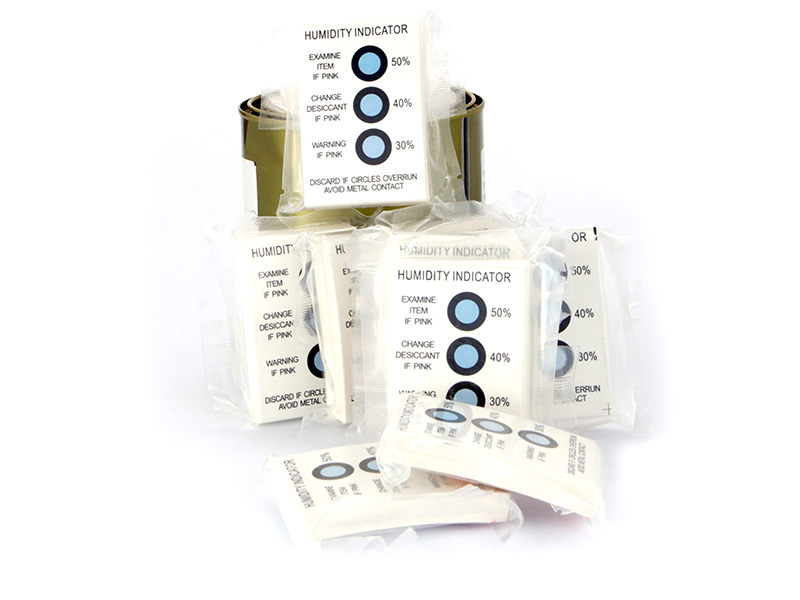

This analysis suggests also that the naked cation Co 3+ would oxidize chloride to chlorine, precluding the formation of CoCl 3. An authoritative monograph states, "Apart from CoF 3, the only known halides of cobalt are the dihalides." The reduction potential for Co 3+ + e - → Co 2+ is more favorable (+1.92 V) than the reduction Cl 2 to Cl - (+1.36 V). The existence of cobalt(III) chloride, CoCl 3, is disputed, although it is listed in some compendia.
COBALT DICHLORIDE SERIES
The German chemist Alfred Werner was awarded the Nobel prize in 1913 for his studies on a series of these cobalt(III) compounds, work that led to an understanding of the structures of such coordination compounds.

Unlike Co(II) complexes, Co(III) complexes are very slow to exchange ligands, so they are said to be kinetically inert. Other highly basic ligands including carbonate, acetylacetonate, and oxalate induce the formation of Co(III) derivatives. The reaction is often performed in the presence of charcoal as a catalyst, or hydrogen peroxide is employed in place of air. For example:Ĥ CoCl 2♶H 2O + 4 Cl + 20 NH 3 + O 2 → 4 Cl 3 + 26 H 2O In the presence of ammonia or amines, cobalt(II) is readily oxidised by atmospheric oxygen to give a variety of cobalt(III) complexes. This 19-electron species is a good reducing agent, being readily oxidised to the yellow 18-electron cobaltacenium cation, which is isoelectronic with ferrocene. Reaction of anhydrous CoCl 2 with sodium cyclopentadienylide in THF gives the black sandwich compound cobaltocene. For example, the reaction of 1-norbonyllithium with CoCl 2 produces the brown, thermally stable cobalt(IV) tetralkyl - the only compound of its kind for which the detailed structure is fully known : In the laboratory, cobalt(II) chloride serves as a standard precursor for the synthesis of other cobalt compounds. Otherwise, aqueous solutions of cobalt(II) chlorides behave like other cobalt(II) salts, such as precipitating CoS upon treatment with H 2S. These cobalt (II) complexes are usually either octahedral or tetrahedral. Similarly, paper impregnated with cobalt chloride, known as "cobalt chloride paper" is used to detect the presence of water.ĬoCl 2♶H 2O and CoCl 2 are weak Lewis acids that convert to many other complexes. When cobalt(II) chloride is added as an indicator, the drying agent is blue when still active, pink when exhausted, corresponding to anhydrous and hydrated CoCl 2, respectively.

In the US calcium sulfate is sold as a drying agent under the trade name Drierite. The hydrated form can be prepared from cobalt(II) hydroxide or cobalt(II) carbonate and hydrochloric acid.Ī common use for cobalt(II) chloride was for the detection of moisture, for example in drying agents such as silica gel this use was disscontinued due to the carcenogenic nature of cobalt salts. CoCl 2♶H 2O is deliquescent and the anhydrous salt CoCl 2 is hygroscopic, readily converting to the hydrate.Ĭobalt(II) chloride can be prepared in its anhydrous form from cobalt metal and chlorine gas: It has the interesting property that a concentrated aqueous solution is red at room temperature, but becomes blue when heated. This species dissolves readily in water and alcohol. In the solid state CoCl 2♶H 2O contains trans-♲H 2O, two water molecules in its formula unit being water of crystallization. The rose hexahydrate is one the most common cobalt compounds in the laboratory.Īqueous solutions of both CoCl 2 and the hydrate contain the species 2+. Because of this dramatic color change and the ease of the hydration/dehydration reaction, "cobalt chloride" is used as an indicator for water. CoCl 2 is blue, and CoCl 2♶H 2O is deep rose. Rhodium(III) chloride Iridium(III) chlorideĮxcept where noted otherwise, data are given for materials in their standard state (at 25 ☌, 100 kPa) Infobox disclaimer and referencesĬobalt(II) chloride is the chemical compound with the formula Co Cl 2, although the term is used also to refer to the hexahydrate, which is a different chemical compound. 2 Dangerous for the environment ( N)Ĭobalt(II) fluoride Cobalt(II) bromide Cobalt(II) iodide Cobalt(II) oxide


 0 kommentar(er)
0 kommentar(er)
